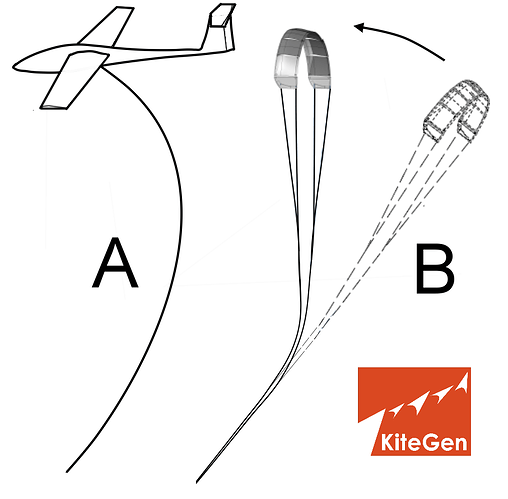I like formulas to calculate stuff rater than just doing a numeric simulation. Does anyone have a good description of a calculated tether drag/power loss?
In Uwe Fechners book “A Methodology for the Design of Kite-Power Control Systems pp 26-27” he mentions without any further calculations that the drag constant is given by:
C_{d,eff} = \frac{1}{3} C_{d,0}
Where C_{d,0} is the drag constant where the whole tether is moving at the kite’s efficient wind speed. I also assumed that the tether is moving only crosswind and is straight, and there is no wind shear.
I assume that if the efficient wind velocity is v, air density \rho, tether length l, diameter d, that the tether parasitic drag on the kite is:
D_{parasitic} = \frac{1}{2} C_{d,eff} \rho d l v^2
I also looked up in the “Airborne wind energy book 2.0” the value of C_{d,0} is in the range 0.98-1.8 for AWE purposes.
After doing some calculations on my own I am getting lower values, perhaps \frac{1}{4} C_{d,0} or even \frac{1}{5} C_{d,0}.

